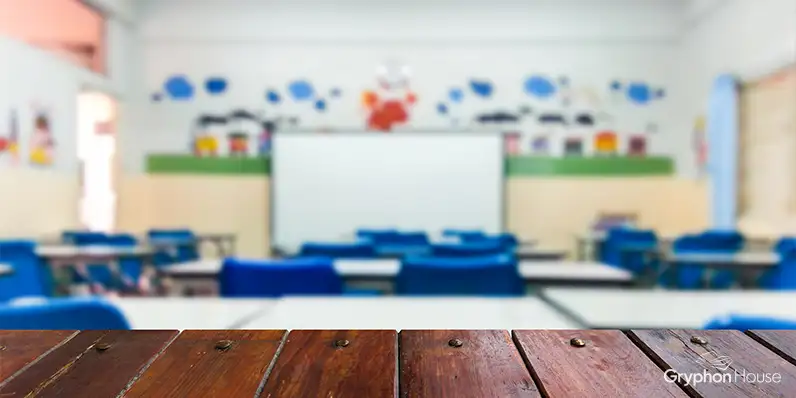What would you see if you visited an early childhood classroom thousands of miles away? Would this classroom look like your room? Would the furniture, equipment, toys, learning materials, rugs, posters, and charts be the same? Would it be a typical cookie-cutter classroom, identical to thousands of others across the country?
The aesthetic codes for early childhood classrooms are traditionally accepted notions of what a classroom should look like: the types of toys, the colors used, the arrangement of learning areas, and so on. These codes are familiar and comfortable. But as creative and cute as they may seem, these notions don't allow a classroom in rural Pennsylvania to be any different from a classroom in the heart of Los Angeles.
This traditional aesthetic is starting to crumble—and for good reasons. Now, the ideal is to make early childhood classrooms meaningful, beautiful, and inspiring environments reflective of the children inhabiting the space. When you discard the traditional aesthetic, you can buy fewer plastic and artificial items and incorporate more natural, real-world, and authentic materials into your classroom. And that’s just the start.
The inspiring, beautiful spaces you can create for students promote wonder and thereby awaken the desire for lifelong learning. Whether you do it by providing intriguing classroom objects, offering art tools in a variety of media, or infusing the joy of music and dance into children’s activities, you can give your students a sense of wonder.
For more ideas to incorporate this sense of wonder into your classroom, check out Rethinking the Classroom Landscape: Creating Environments That Connect Young Children, Families, and Communities by Sandra Duncan, Jody Martin, and Rebecca Kreth. Their book provides educators with ideas for transforming ordinary classrooms into reflective and meaningful landscapes. By using this book as a guide to remake your classroom, you will learn how to transform spaces into places, link geography to the physical room, and create a classroom connected to the past and present..
“If we furnish our houses and schools with only indestructible, childproof, throwaway, and discardable objects; it teaches children to be careless in the use of things. On the other hand, if they use beautiful objects and something of value is damaged, a teachable moment occurs. Grief is expressed and real values are learned. Children learn about caring.” —Marvin Bartel, “Art in Everyday Life”
Author(s)Rebecca Kreth, Jody Martin, Sandra Duncan
Brianna Blackburn
A graduate of Western Carolina University with a BA in English, Brianna served as a marketing and editorial Intern with Gryphn House in the Summer 2018.

